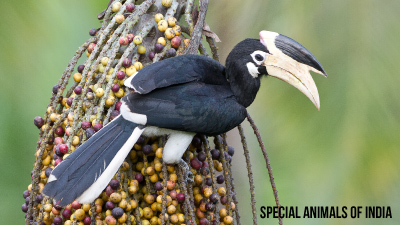India is home to rare animal species that are cute, boisterous, colourful and sometimes, even dangerous. How many of them have you come across?
Move the slider from right to left to see the unique Indian animals mentioned.
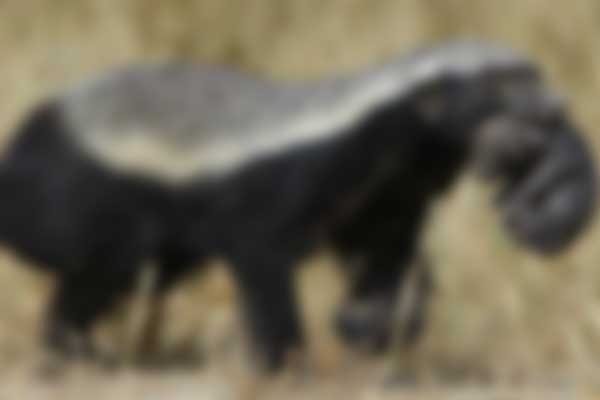
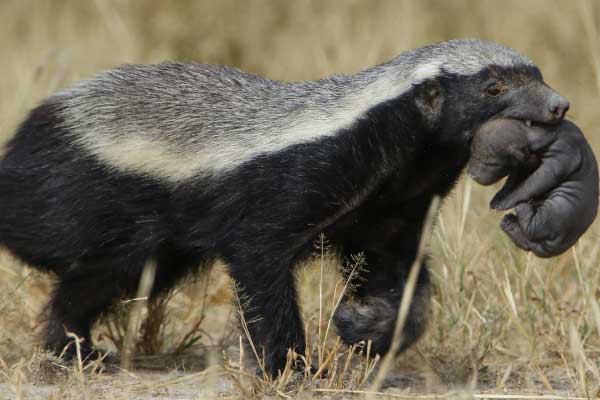
Honey badgers are the world’s most ferocious creatures, and are synonymous with unhinged aggression. The Guinness World Records has named them “World’s Most Fearless Creatures”. They have been spotted in large numbers in Karnataka, Tamil Nadu, and Maharashtra.
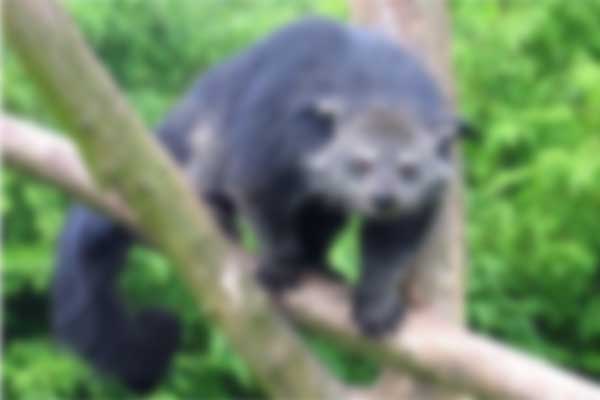
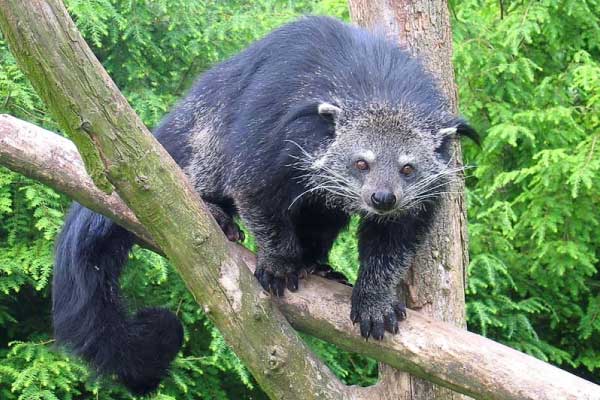
Binturong, also known as bear cat, is a species of civet. It uses its tail for climbing. While
sleeping it uses its tail to anchor itself securely to a branch. They are not uncommon in the forested plains and hills throughout Assam.
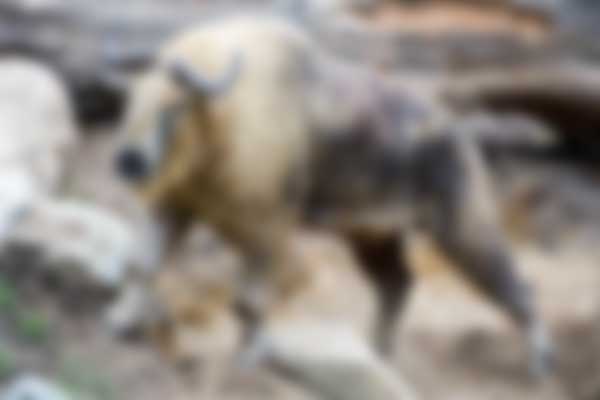
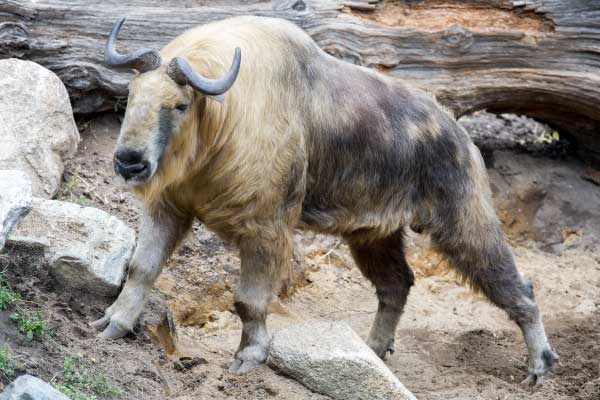
The takin, also called cattle chamois or gnu goat, is a large species of hoofed mammal, found in the eastern Himalayas.
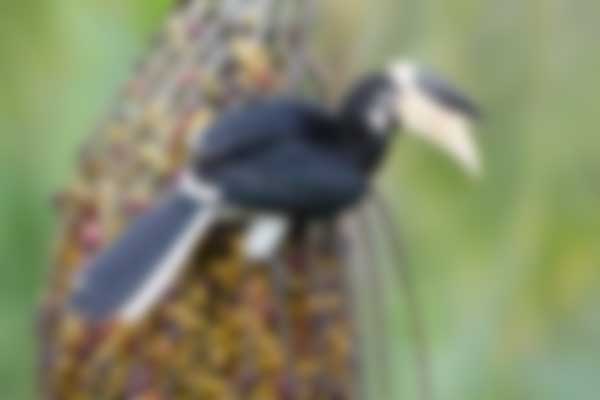
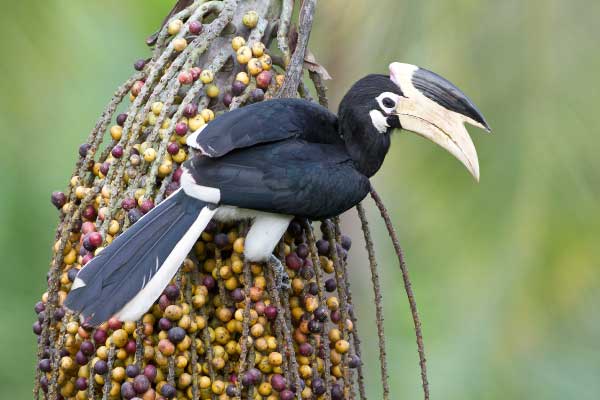
Found in the evergreen forests of the Western Ghats, the Malabar Pied Hornbill has a large beak but lacks the casque that is prominent in some other hornbill species. It has mainly black plumage, apart from its white belly, throat patch, tail sides and trailing edge to the wings.
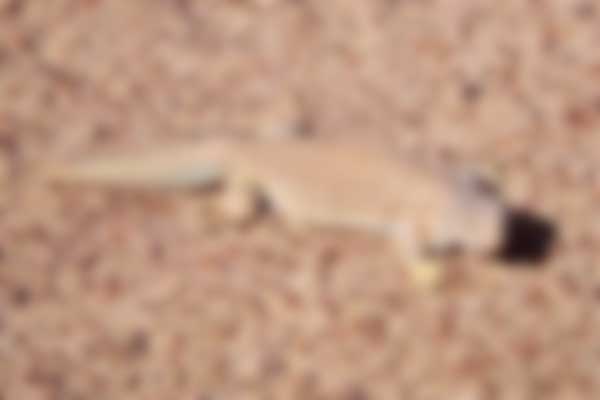
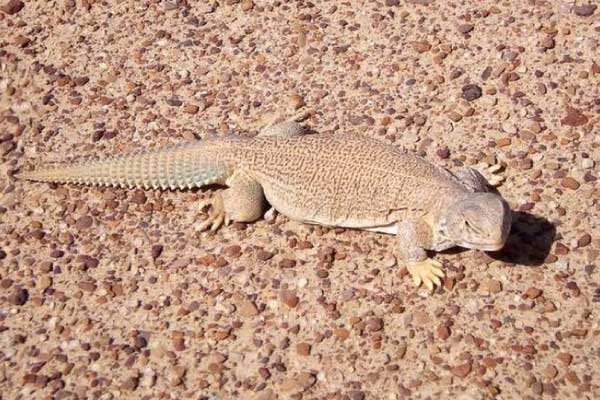
Saara hardwickii or Indian spiny-tailed lizard found mostly in the Thar desert of Rajasthan and Kutch district of Gujarat is herbivorous. It excavates sloping, zig-zag burrows or spiraling tunnels to live in.
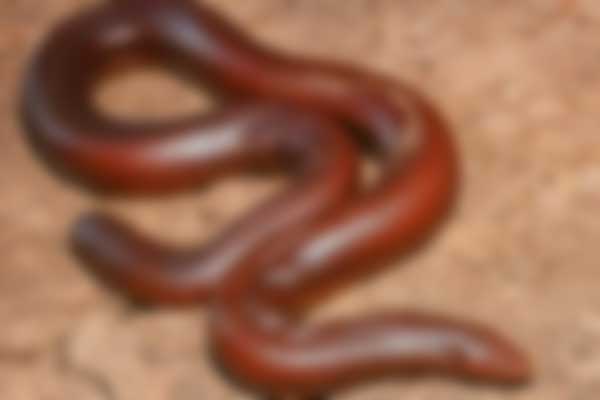

Commonly known as the two-headed snake, the Red Sand Boa (Eryx Johnii ) is non-venomous. It is mostly found in the semi-desert and dry foothills of Rajasthan.
